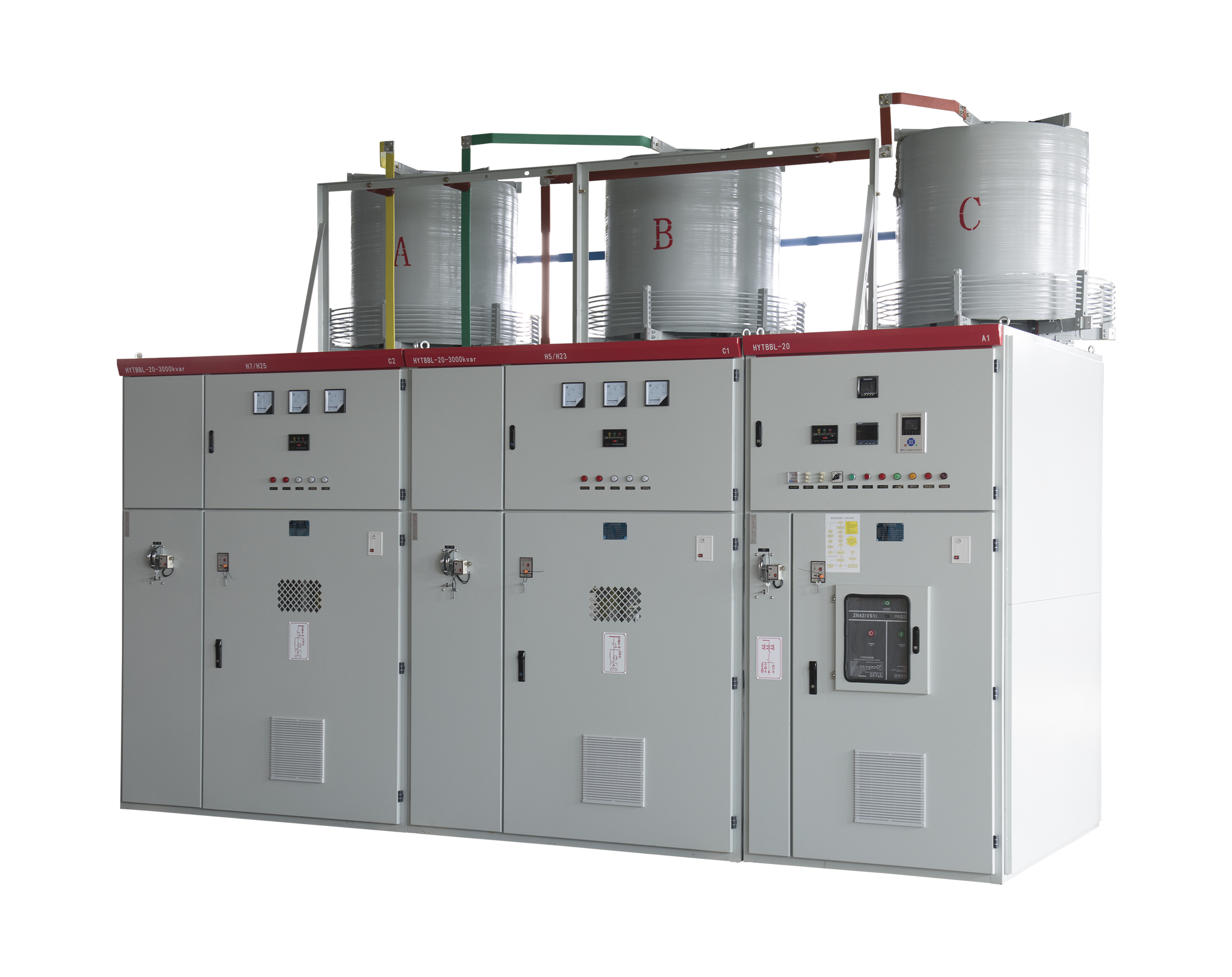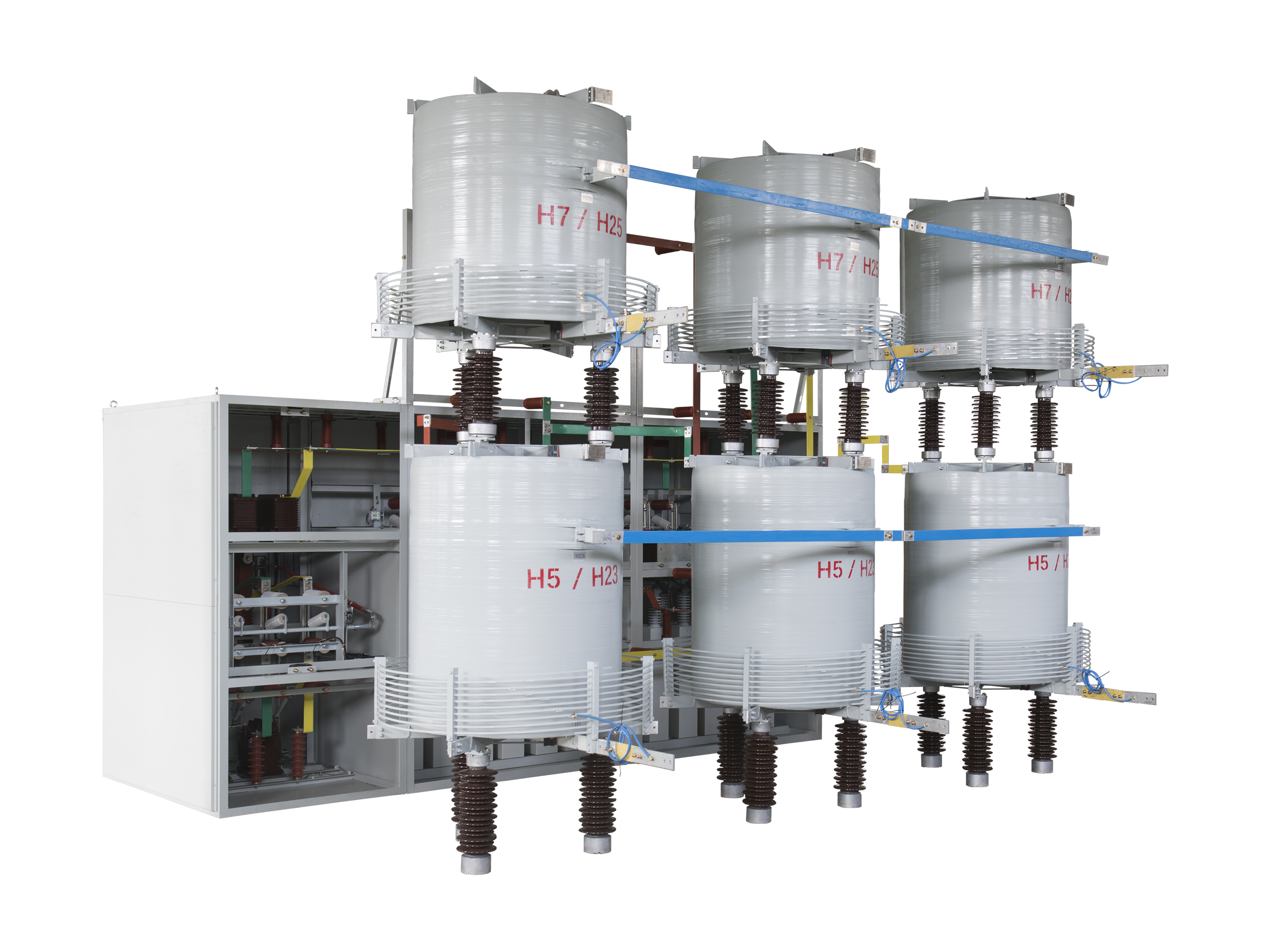Different people have different definitions of power quality, and there will be completely different interpretations based on different perspectives. For example, a power company may interpret power quality as the reliability of the power supply system and use statistics to demonstrate that their system is 99.98% reliable. Regulatory agencies often use this data to determine quality standards. Load equipment manufacturers may define power quality as the characteristics of the power supply required to enable the equipment to operate properly. However, the most important thing is the end user’s perspective, since power quality issues are raised by the user. Therefore, this article uses questions raised by users to define power quality, that is, any voltage, current or frequency deviation that causes electrical equipment to malfunction or fail to work properly is a power quality problem. There are many misconceptions about the causes of power quality problems. When a device experiences a power problem, end users may immediately complain that it is due to an outage or malfunction from the power company. However, the power company’s records may not show that an unusual event occurred in delivering power to the customer. In one recent case we investigated, end-use equipment was interrupted 30 times in nine months, but the utility’s substation circuit breakers only tripped five times. It is important to realize that many of the events that cause end-use power problems never show up in utility company statistics. For example, the switching operation of capacitors is very common and normal in power systems, but it may cause transient overvoltage and cause equipment damage. Another example is a temporary fault elsewhere in the power system that causes a short-term drop in voltage at the customer, possibly causing a variable speed drive or distributed generator to trip, but these events may not cause anomalies on the utility’s feeders. In addition to real power quality problems, it has been found that some power quality problems may actually be related to faults in hardware, software, or control systems and cannot be displayed unless power quality monitoring instruments are installed on the feeders. For example, the performance of electronic components gradually deteriorates due to repeated exposure to transient overvoltages, and they eventually become damaged due to lower levels of overvoltage. As a result, it is difficult to link an incident to a specific cause, and the inability to predict various types of failure events becomes more common due to the lack of knowledge that microprocessor-based equipment control software designers have about power system operations. Therefore, a device may behave erratically due to an internal software flaw. This is especially common in some of the early adopters of new computer-controlled load equipment. A major goal of this book is to help utilities, end users, and equipment suppliers work together to reduce failures caused by software defects. In response to growing concerns about power quality, power companies need to develop plans to address customer concerns. The principles for these plans should be determined by the frequency of user complaints or failures. Services range from passively responding to user complaints to proactively training users and solving power quality problems. For power companies, rules and regulations play an important role in developing plans. Because power quality issues involve interactions between the supply system, customer facilities, and equipment, managers should ensure that distribution companies are actively involved in resolving power quality issues. The economics of solving a particular power quality problem must also be considered in the analysis. In many cases, the best way to solve the problem may be to desensitize equipment that is particularly sensitive to changes in power quality. The required level of power quality is the level at which equipment in a given facility can operate properly. Like the quality of other goods and services, quantifying power quality is difficult. While there are standards for voltage and other energy measurement techniques, the ultimate measure of power quality depends on the performance and productivity of the end-use facility. If the power does not meet the needs of electrical equipment, then “quality” may reflect a mismatch between the power supply system and user needs. For example, the “flicker timer” phenomenon may be the best illustration of the mismatch between the power supply system and the user’s needs. Some timer designers invented digital timers that could flash an alarm when power was lost, inadvertently inventing one of the first power quality monitoring instruments. These monitoring instruments make the user aware that there are many small fluctuations throughout the power supply system that may not have any harmful effects other than what is detected by the timer. Many home appliances are now equipped with built-in timers, and a home may have about a dozen timers that must be reset when a brief power outage occurs. With older electric clocks, accuracy may only be lost for a few seconds during a small perturbation, with synchronization restored immediately after the perturbation ends. To sum up, power quality problems involve many factors and require joint efforts from many parties to solve them. Power companies should take customer complaints seriously and develop plans accordingly. End users and equipment vendors should understand the causes of power quality problems and take steps to reduce susceptibility and reduce the impact of software defects. By working together, it is possible to deliver a level of power quality suitable for user needs.

Post time: Oct-13-2023